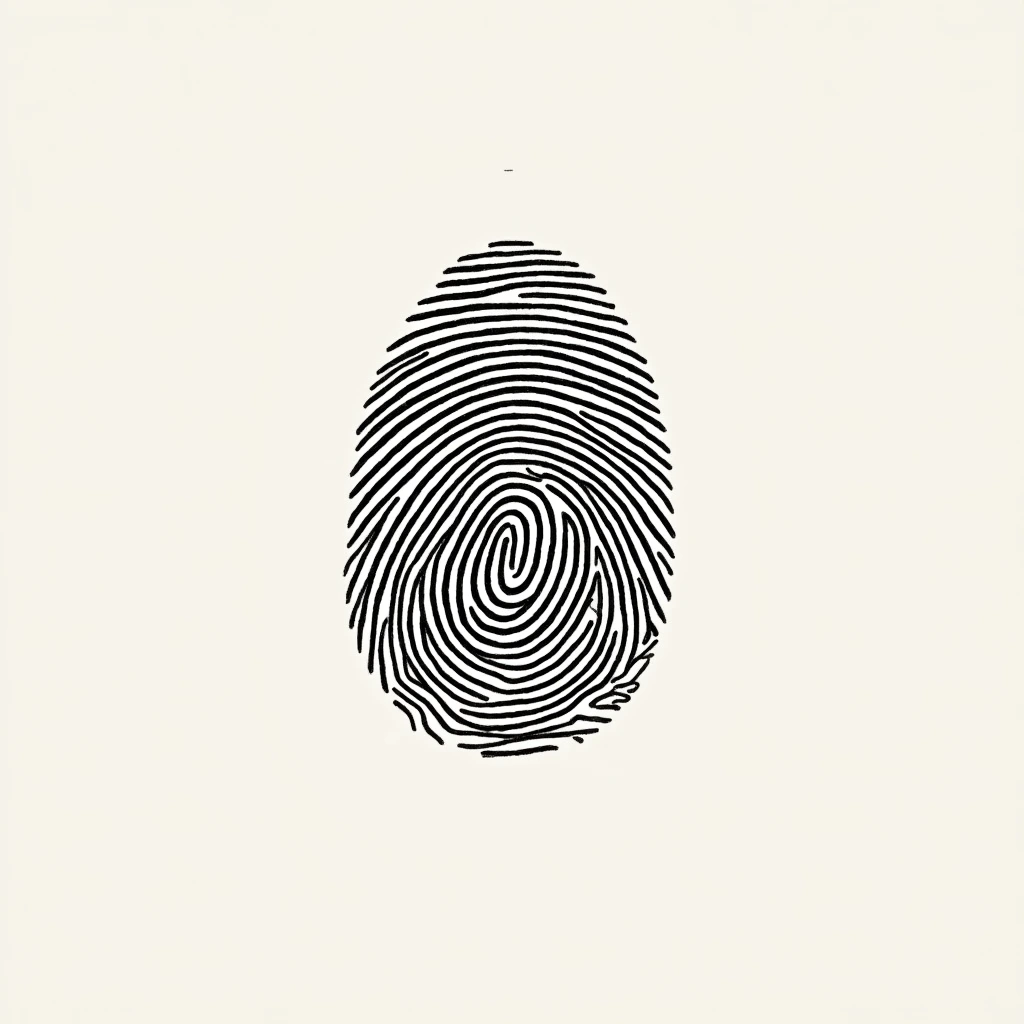Welcome to the Identity series—a weekly journey into the complexities of who we are. Identity is a word that carries tremendous weight, yet it remains difficult to define. It shapes how we see the world and how the world sees us. It influences our choices, values, and relationships, and for many, it represents the ultimate quest: to truly know oneself.
But what does it mean to have an identity? How do we come to define it? For some, identity is tied to family, heritage, or personal accomplishments. For others, it’s about beliefs, passions, or the communities they belong to. Yet, identity is not something we construct entirely on our own. From the moment we take our first breath, the world around us begins to shape it—through the names we’re given, the expectations placed upon us, and the culture we grow up in. As we mature, other forces like education, social media, and peer influence add layers to how we see ourselves.
It sounds straightforward, but it isn’t. Life introduces complexity at every turn. While some people feel confident in their sense of self, others find identity to be a moving target—something they’re constantly searching for but never quite grasping. There are even those who spend their entire lives living out identities handed to them by others, only to feel disconnected, lost, or incomplete.
The influence of the world on our sense of identity cannot be ignored. Early in life, family provides the first framework, shaping our values and ideas about ourselves. As we grow older, the circle widens. Schools teach us societal norms, friends shape our personalities, and media subtly tells us what success, beauty, and happiness look like. Social media has amplified this effect, creating a space where identities are not only formed but constantly compared. In this chaotic blend of influences, it’s easy to lose track of who we are beneath the surface.
When that happens, we enter what psychologists call an identity crisis—a state where we feel uncertain about who we are or who we’re meant to be. The concept was first introduced by Erik Erikson, who described it as a key developmental challenge, particularly during adolescence. It’s during this time that many begin questioning the values they’ve inherited and the roles they’ve been given, asking themselves, “What do I stand for?” and “Where do I belong?”
This struggle is not limited to young people. As we age, identity crises can re-emerge, often taking on different forms. The infamous mid-life crisis, for example, is more than just a cliché about buying expensive cars or chasing lost youth. It’s a deeper reckoning with identity—a realization that the life we’ve built may not reflect who we truly are. Some experience a longing to shed the identities they’ve worn for years in search of something more authentic, while others struggle with the fear of losing the identity they’ve worked so hard to maintain.
The cost of not knowing who we are can be profound. Without a clear sense of identity, people may feel disconnected from life, unable to find meaning or direction. Some go through the motions, living roles that don’t resonate with their true selves, while others may feel perpetually stuck, searching for something they can’t quite name. And yet, identity crises—while often painful—can also serve as powerful turning points. They offer a chance to reflect, to shed what no longer serves us, and to grow into a version of ourselves that feels more real.
This series is an invitation to embark on that journey. It’s about asking difficult questions and seeking honest answers. It’s about understanding how our identities are formed, how they change, and how we can reclaim them when they feel lost. Each week, I’ll try my level best to dive deeper into different facets of identity, exploring the forces that shape us and the choices that define us.
Next week, I’ll explore how trauma impacts identity. Trauma has the power to fracture our sense of self, altering how we see ourselves and the world. But even in the darkest moments, there is a chance to rebuild. Join me as I continue uncovering the layers of identity—one story, one idea, and one blog at a time.
Feel free to drop feedback and questions in the comments section.


